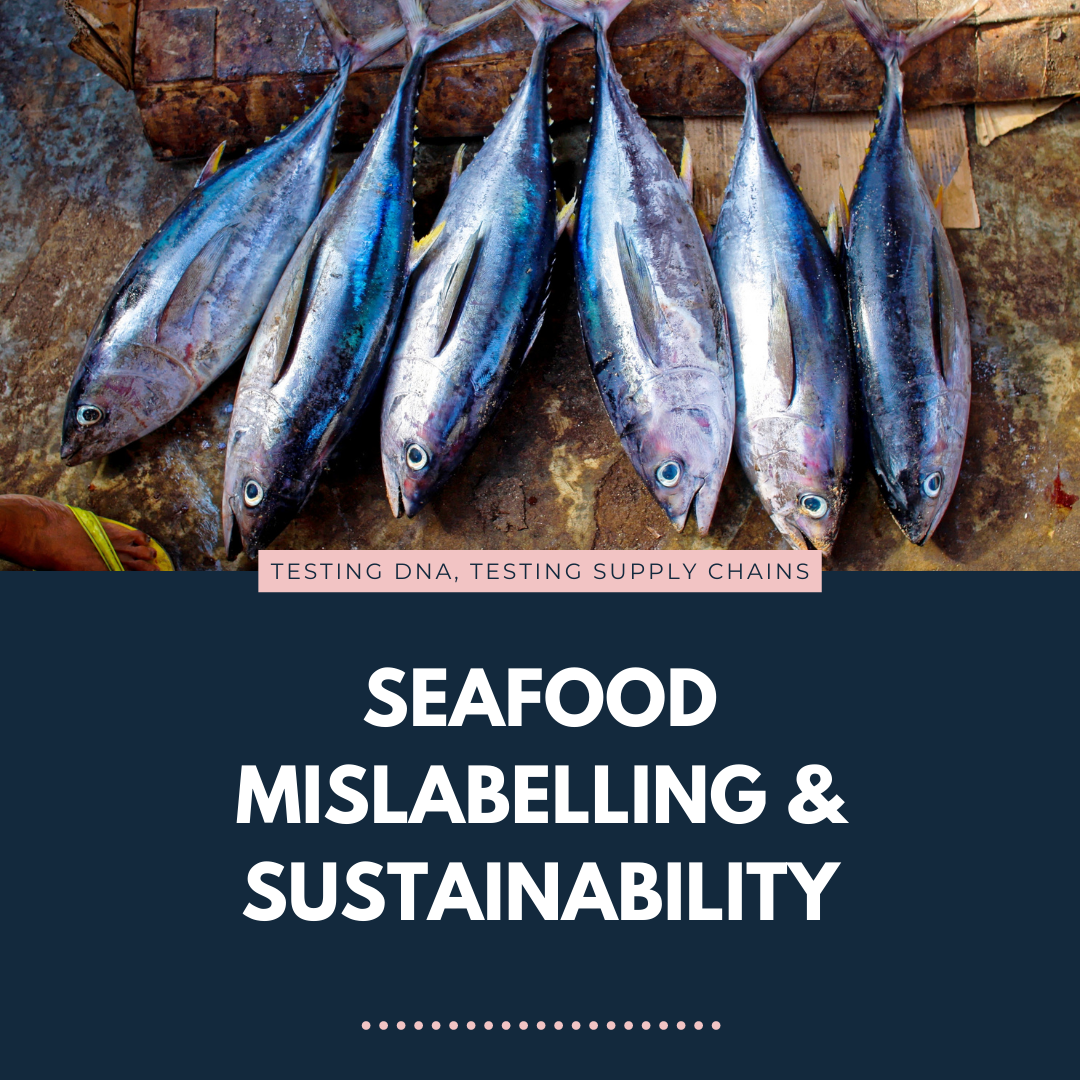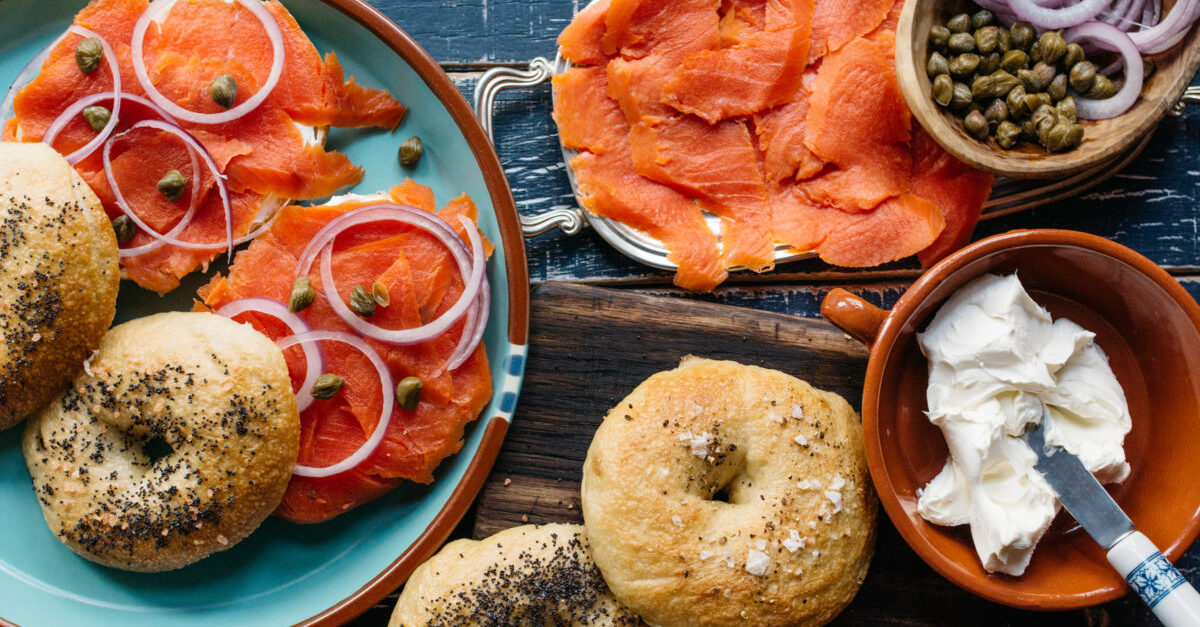
The impacts of seafood mislabelling on sustainability
Over the last few weeks, the Testing DNA Testing Supply Chains project has been shining a spotlight on seafood fraud and mislabelling in Canada. In one of our earlier posts, we spoke about the multitude of impacts that mislabelling has from its health and economic consequences for consumers to the undermining of responsible seafood businesses and fishermen. We also briefly talked about how mislabelling has significant environmental consequences and can undermine efforts to create a more sustainable seafood industry.
Today, we want to talk more about some of the sustainability implications of seafood mislabelling. There are primarily 3 ways that mislabelling impacts sustainability and conservation efforts.
1. Mislabelled seafood allows for destructive fishing to be disguised through the supply chain
Seafood mislabelling can enable seafood harvested in illegal, unreported or unregulated (IUU) fisheries to make it to the market unchecked. IUU associated seafood is a product that would otherwise not be permitted in our country or on our grocery shelves unless it is mislabelled without traceability mechanisms in place. Without confidence in seafood product origins, commercial seafood buyers and consumers have no way of knowing if the species they’re consuming is from a legal fishery.
2. Mislabelling may hide overexploitation of fisheries
Mislabelling may allow for the substitution of a depleted species with a less exploited species that can go by the same name. This may be achieved through substituting a higher value species with a lower value species or a lower abundant species with a high abundant species.
Recent research highlighted the consequences of seafood mislabeling for marine populations and fisheries management. This paper provided evidence that mislabeled seafood products in the United States were directly linked with negative impacts on marine populations and poorly managed fisheries. This was because substituted products often came from fisheries with less healthy stocks and more significant environmental impacts, but sold and disguised as a product from sustainable fisheries.
It is important to note that not all substituted species come from less healthy stocks. Research has shown that mislabelling can be complex, resulting in instances where the substituted species came from a healthier or equivalent stock to the species on the label. This may partially be due to the motivation to substitute a more abundant species for a lower abundant species when unavailable. The more abundant species may not necessarily be more unsustainable.
3. Mislabelling undermines consumer confidence and ability to make a sustainable choice.
Information on a product label can be used as a market-based tool to improve ecological outcomes in fisheries by providing consumers an opportunity to support industry actors who are harvesting their product sustainably. However, when mislabelling is prevalent in the marketplace, consumers lose the ability to vote with their wallet and the industry loses its credibility. Mislabelling (and poor labelling in general) can hamper the ability of consumers to avoid species they know to be overexploited by either using a misleading or generic common name on the label. Mislabelling also creates a false perception of the abundance or rarity of some seafood species. If it becomes a large enough issue, this could lead to the depletion of a fishery or species.
So, what can we do?
As mislabelling continues to be an issue within the seafood industry globally, it is critical that systems are put in place to improve the credibility of the industry and so consumers have the ability and confidence to use the information provided on a label to make a sustainable choice. This can, at least in part, be achieved by introducing stronger traceability and labelling regulations, such as mandatory boat-to-plate traceability. Traceability paired with the requirement to record and maintain key information about a product throughout the supply chain can help to ensure that the information on a product at the point of sale is correct, verified, and can be traced back to the source.
Labelling guidelines need to be strengthened to dissuade mislabelling and support sustainable fisheries. Canada’s labelling standards need to be brought up to par with other seafood labelling standards around the world. All seafood products sold in Canada must be labelled with their scientific species name, information about whether the product was farmed or fished, its geographic origin, and the type of gear that was used to harvest it. This method of comprehensive labelling will help more clearly identify mislabelling and has previously been suggested as a tool to help combat seafood fraud.
Finally, DNA Authentication is another way to ensure mislabelling does not occur in our supply chains. As we’ve demonstrated throughout this project, this technology is powerful to identify mislabelling when it does occur. The combination of traceability, proper labelling and DNA authentication will help to end seafood mislabelling for good and ensure Canadians are purchasing seafood responsibly.
This post was co-written with Christina Callegari of SeaChoice.



